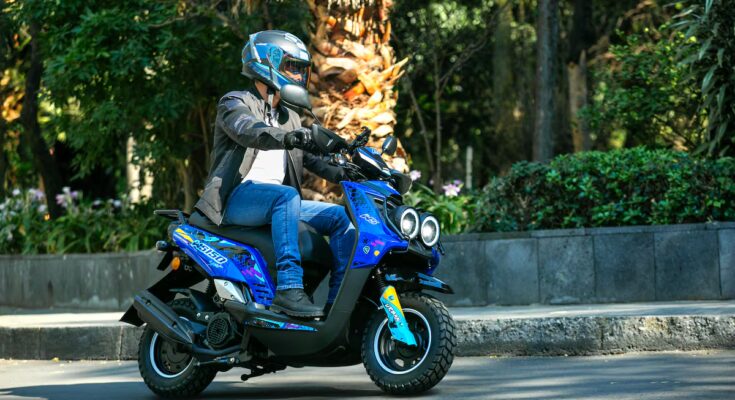On the avenues where patience usually evaporates in the face of petrol, a question arises that many inhabitants of cities such as Mexico City, Monterrey or Guadalajara repeat daily: how to get around without giving up the city? Mobility data indicates a strong response. Motorcycles have ceased to be a youthful whim and have become an effective tool for navigating the urban flow. Millions of people choose two wheels because they have discovered that they not only shorten distances: but also refine their spirit.
The cultural change has an obvious protagonist. ITALIKA, the market-leading Mexican brand, has led this transition not only with engines: with a range that captures the diversity of travel and lifestyles. From working models designed for long hours and sustained savings, to agile scooters that navigate traffic naturally; from the sports ones for those looking for design and power to the bivalent ones that allow you to leave the asphalt when the route requires it. His catalog is a cartography of possible personalities.
The economy supports the trend. A motorcycle can consume up to 70% less petrol than a car and requires more agile and accessible maintenance. For those who do the math and for those who simply want to spend less, the savings are immediate. ITALIKA’s flexible financing plans also make the leap towards two-wheel mobility a simple path rather than an unattainable investment.
But the appeal is not just economic. Traveling means recovering time in the city where every minute seems contested. A typical 90-minute journey can be reduced to 20. And in that recovered space a specific form of freedom appears: the wind, the noise of the engine, the sensation of moving forward even when the city seems still.

Added to this is a silent advantage: by consuming less fuel and taking up less space, motorcycles contribute to more sustainable mobility. In saturated cities, moving faster without leaving a bigger footprint is a welcome paradox.
The next time traffic turns the afternoon into an endless wait, the scene is easy to imagine: a driver of an ITALIKA glides smoothly while the others remain stationary. This is not an optimistic fantasy, but rather an everyday possibility that is already part of the Mexican urban landscape.


